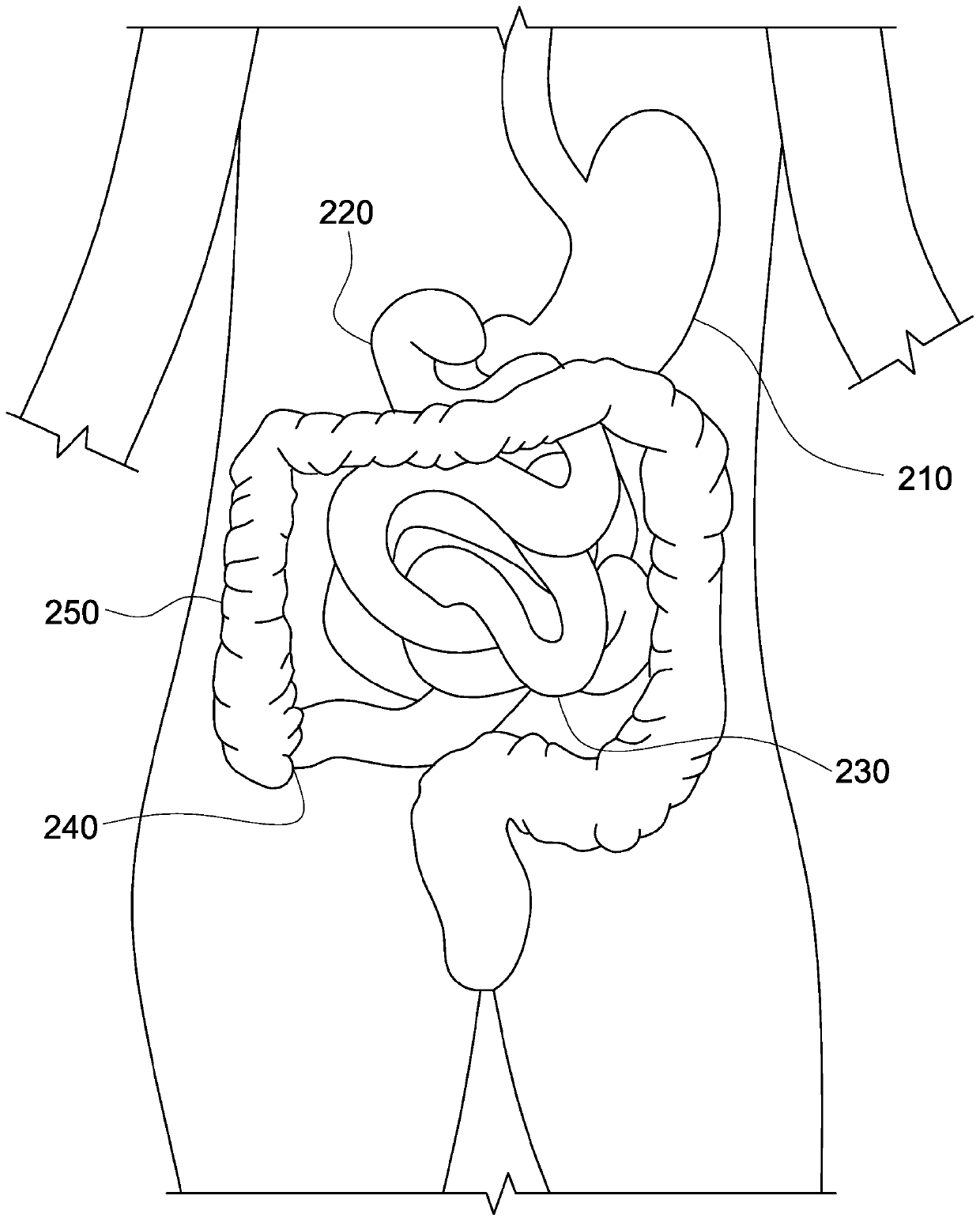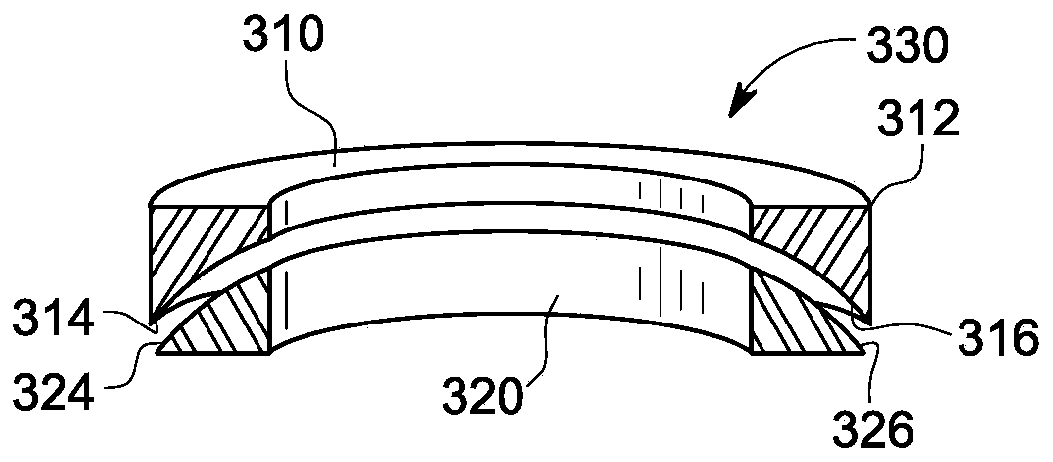Magnetic devices, systems, and methods
A magnetic component and magnetic coupling technology, used in medical science, surgery, wound clips, etc., can solve the problem of high sensitivity to differences in tissue thickness, not suitable for patients of different sizes and ages, and not suitable for different types of tissue anastomosis, etc. question
- Summary
- Abstract
- Description
- Claims
- Application Information
AI Technical Summary
Problems solved by technology
Method used
Image
Examples
Embodiment approach 1
[0166] Embodiment 1: A system for forming a side-to-side anastomosis in a gastrointestinal tract of a patient, the system comprising: a first magnetic member configured adjacent a first magnetic member at a first location along the gastrointestinal tract a luminal tissue region positioned; and a second magnetic member configured to be positioned adjacent to the second luminal tissue region at a second location along the gastrointestinal tract, wherein: the first and second magnetic members are configured be attracted to each other with a force of at least about 6 N when engaged with each other (with the first and second luminal tissue regions interposed therebetween), so that the first and second luminal tissue regions are brought together and causing necrosis in portions of the first and second luminal tissue regions while forming the anastomosis between the first and second luminal tissue regions, and the first and second magnetic members are configured to The first and seco...
Embodiment approach 2
[0167] Embodiment 2: The system of Embodiment 1, wherein the first magnetic member includes a first engagement surface, and the second magnetic member includes a surface relative to the first magnetic member when magnetically aligned with the first magnetic member. A second engaging surface with an inclined engaging surface.
Embodiment approach 3
[0168] Embodiment 3: The system of Embodiment 2, wherein the first engagement surface and the second engagement surface each have a shape profile sized to be between the first engagement surface and the second engagement surface. A gap is provided between portions of the second engaging surface, the gap being in the range of about 0.65 mm to about 0.85 mm when the other portions of the first engaging surface and the second engaging surface are in contact with each other.
PUM
 Login to view more
Login to view more Abstract
Description
Claims
Application Information
 Login to view more
Login to view more - R&D Engineer
- R&D Manager
- IP Professional
- Industry Leading Data Capabilities
- Powerful AI technology
- Patent DNA Extraction
Browse by: Latest US Patents, China's latest patents, Technical Efficacy Thesaurus, Application Domain, Technology Topic.
© 2024 PatSnap. All rights reserved.Legal|Privacy policy|Modern Slavery Act Transparency Statement|Sitemap



